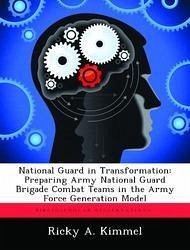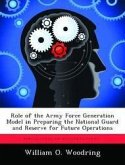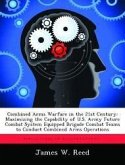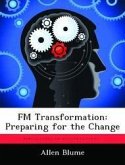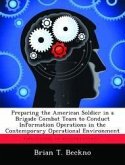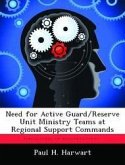Army Force Generation (ARFORGEN) is the Army's transformational model for manning, equipping, training, and deploying both Active Component (AC) and Reserve Component (RC) forces. Under this modular force concept, the Army National Guard (ARNG) is now an operational reserve as opposed to a strategic reserve for fighting the wars of the United States. As an operational reserve force provider, one of the key elements the ARNG is responsible for is deployment of Brigade Combat Teams (BCTs). To date, there are no specific ways to implement the ARFORGEN model for the ARNG. The primary question this thesis seeks to answer is: What are the key attributes for ARNG BCT success in the ARFORGEN model? To answer this question, a focus on existing and potential problems encountered by RC units (ARNG BCTs) in implementation of the ARFORGEN model is necessary. By using these ARNG BCT ARFORGEN key attributes for success, ARNG BCT commanders can evaluate their strategies for successful implementation of the ARFORGEN model in support of the Army Campaign Plan.

